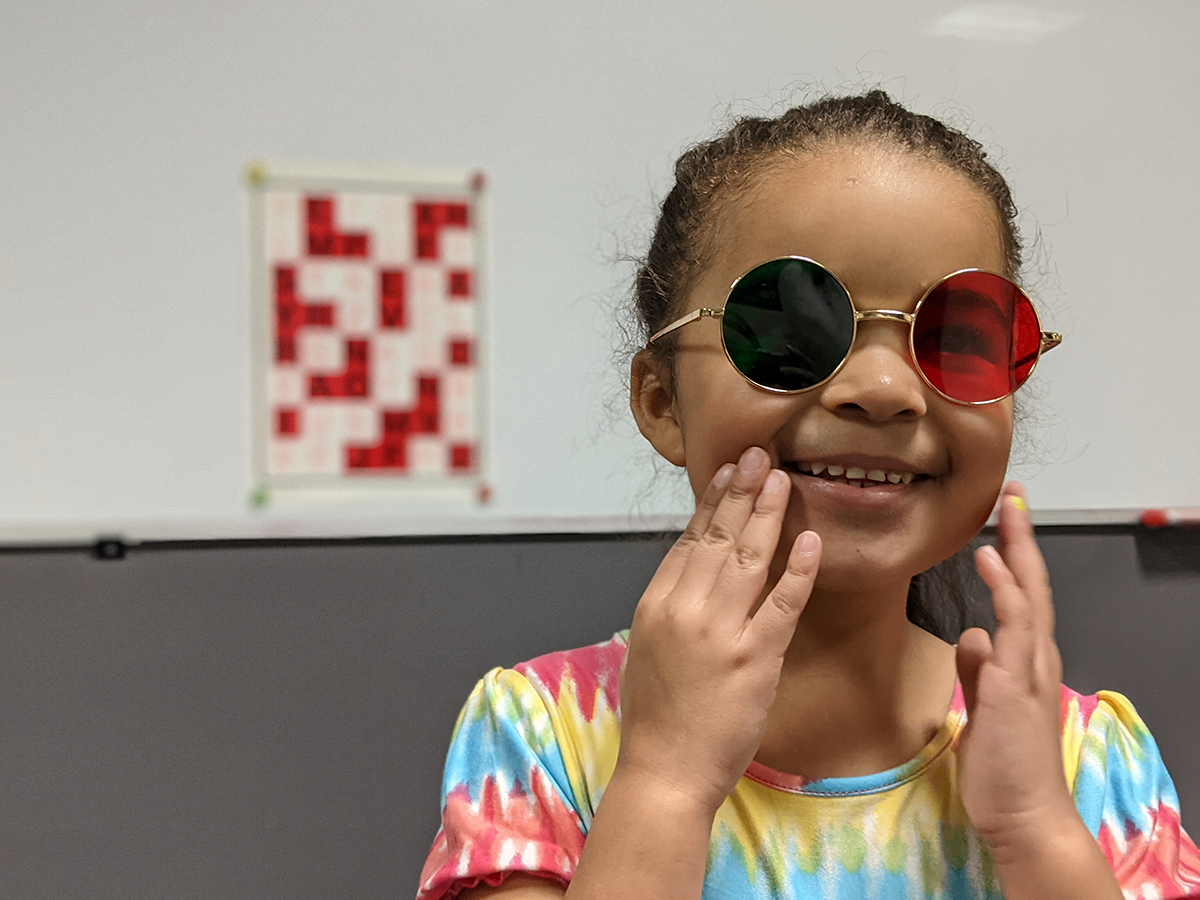See Also: Continuous Motion Eye-Hand
Download: Continuous Motion
- Try allowing the child to circle each number only (x) times before they must move on. Also, try circling odd numbers clockwise and even numbers counter-clockwise. As always, if this is too hard, wait until the child is more comfortable with simpler variants of the activity.
- Be sure to spend some time with the non-dominant hand (no more than 10% of your time).
- As always, encourage the child to determine the pace of things and to challenge himself with progressively faster speeds. You might also have them do their own continuous motion pattern. Patterns can contain either letters, or numbers, or a combination, but should not exceed about 20 stops. So, for example, the following sequences are allowed:
- A-B-C-D-E-F-G, etc., 1-2-3-4-5-6, etc., Z-Y-X-W-V-U-T etc., A-1-B-2-C-3, etc.,A-a-B-b-C-c-D-d, etc.
*You could simply rotate the page to bring the number into view (this is a nice riddle for some children – if the number cannot be seen, then where is it? what can you do about it?).
*You can try attaching the paper to a vertical surface, like a wall. It is harder to draw smooth circles with the hand when the page is vertical, but this can also be considered a means of loading the activity.
*Ideally, the writing surface is at the Harmon distance (search ‘harmon’ in the search box above), and at a bit of an incline, say 20-30 degrees (such as with an architect’s drawing table). This would make the targets easier to see.
*Create your own continuous motion sheets. Begin with a blank page, and print out some numbers scattered all over the page. Start with a low number, like 1 through 5, and use bigger numbers (like a 36 pt font). Be sure to be fairly random with the distribution. Increase the number of targets gradually, and make them smaller. Too many numbers is too challenging and boring, so don’t go beyond 25-30.





